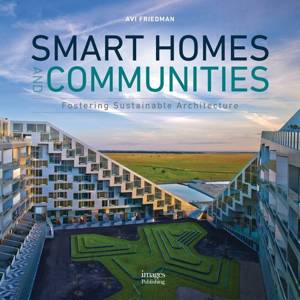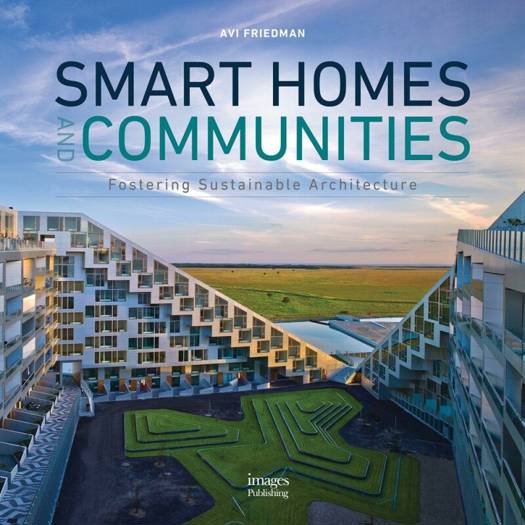
- Afhalen na 1 uur in een winkel met voorraad
- Gratis thuislevering in België vanaf € 30
- Ruim aanbod met 7 miljoen producten
- Afhalen na 1 uur in een winkel met voorraad
- Gratis thuislevering in België vanaf € 30
- Ruim aanbod met 7 miljoen producten
Zoeken
Omschrijving
The term "smart" in reference to homes and communities describes places whose function is related to or affected by information technology. In the wake of the ongoing digital revolutions of the 21st century, designers and planners are paying significant attention to the design of dwellings and neighborhoods and are considering new economic realities, by integrating innovative digital appliances, which are also helping to foster economic sustainability for future generations. In this important book, Avi Friedman, Professor of Architecture at McGill University in Montreal, examines these concepts and their applications through several revealing essays, which are illustrated with lavish full-colour photography, detailed diagrams, and technological insight through a selection of case studies from around the globe. The text comprehensively investigates several key topics, namely the correlations between the built and the natural environments and their ecological attributes; issues of mobility and transportation; the mixing of amenities and residences; district heating and other energy efficiencies; planning for green open space while considering the residents' lifestyle; edible landscapes and novel urban agriculture practices and their implementation; reducing a community footprint with regards to the evolution of high-density living; the principles of heritage conservation within communities, where social, economic, and environmental issues are all present, where old is mixed with new; how sustainability is achieved when dwellings are designed for and equipped with advanced "green" technologies, for adaptable homes, multi-generational dwellings, add-in and add-on units, and plug and play, among others.
Specificaties
Betrokkenen
- Auteur(s):
- Uitgeverij:
Inhoud
- Aantal bladzijden:
- 252
- Taal:
- Engels
Eigenschappen
- Productcode (EAN):
- 9781864707168
- Verschijningsdatum:
- 25/04/2018
- Uitvoering:
- Hardcover
- Formaat:
- Genaaid
- Afmetingen:
- 262 mm x 259 mm
- Gewicht:
- 1451 g

Alleen bij Standaard Boekhandel
+ 104 punten op je klantenkaart van Standaard Boekhandel
Beoordelingen
We publiceren alleen reviews die voldoen aan de voorwaarden voor reviews. Bekijk onze voorwaarden voor reviews.








